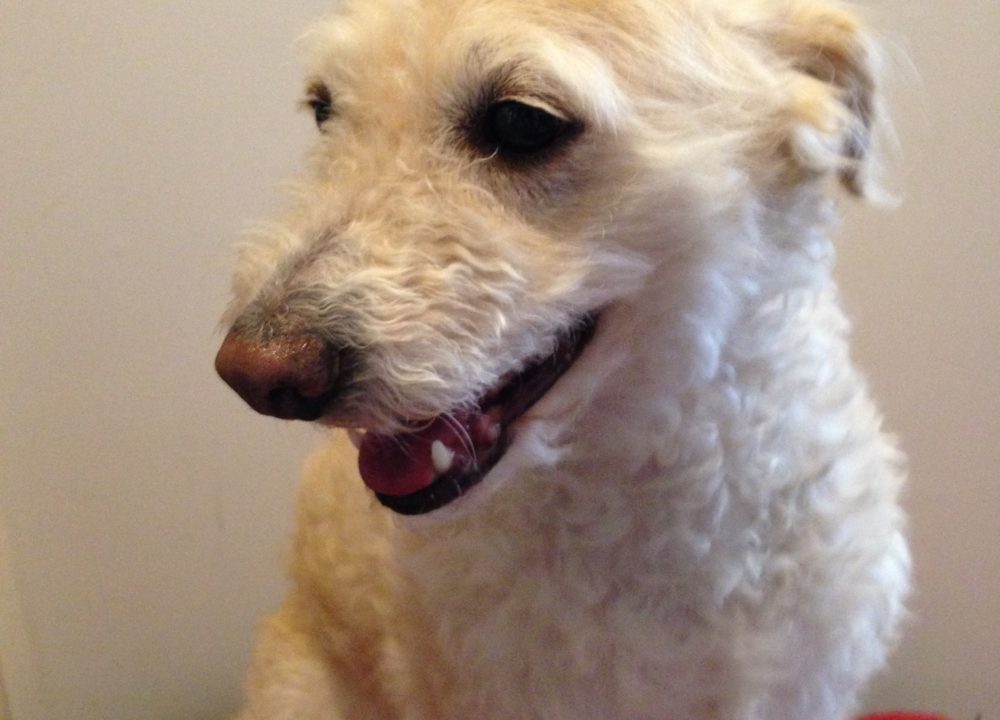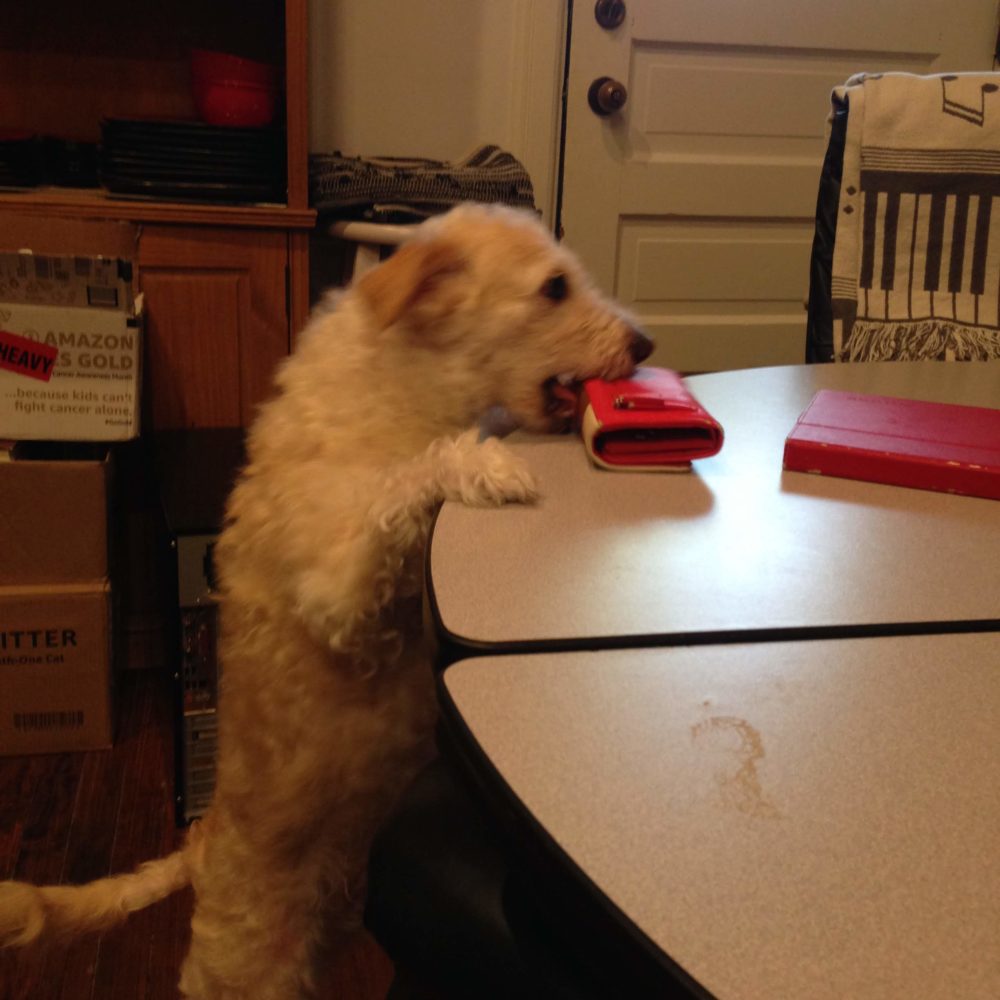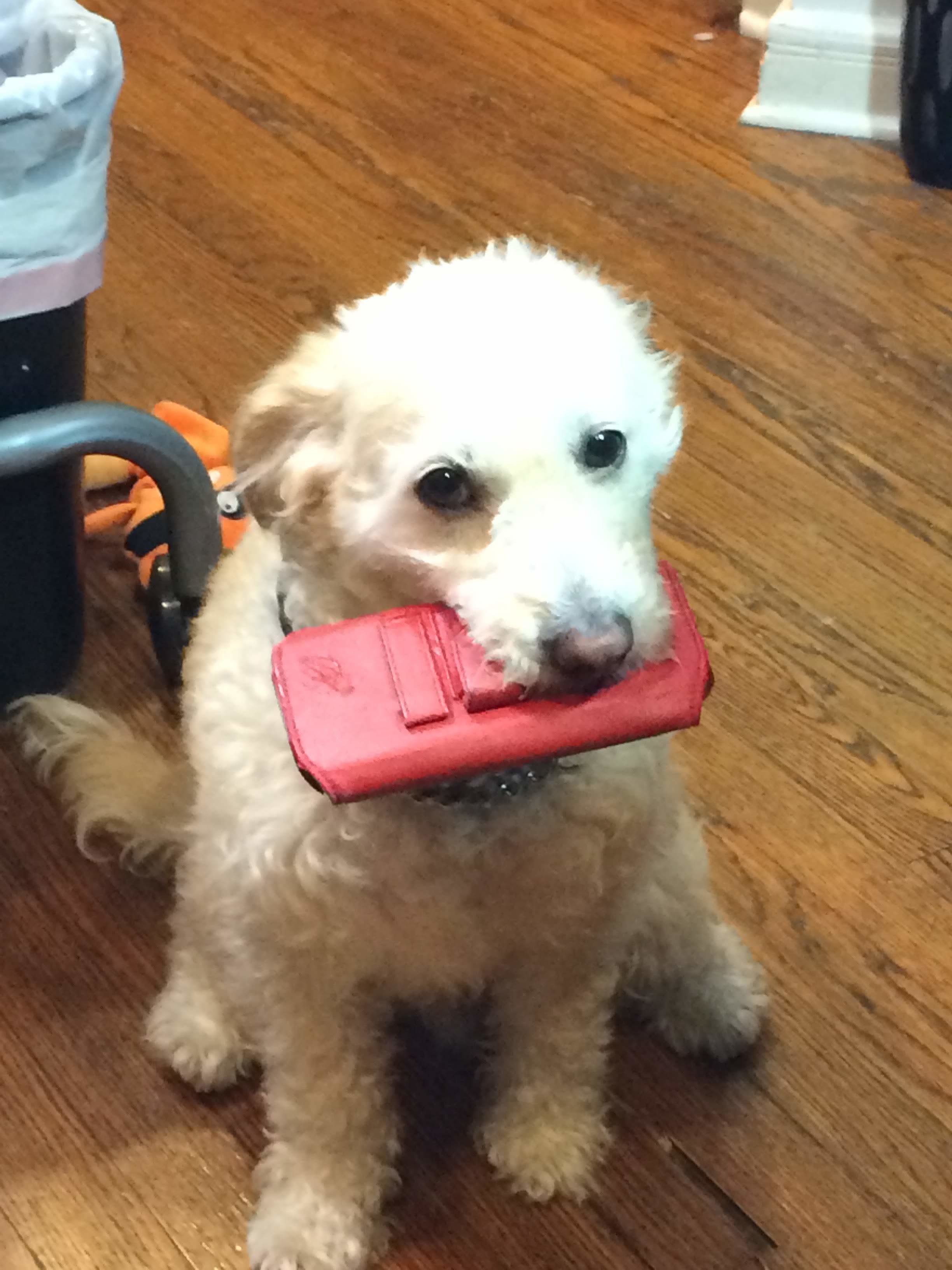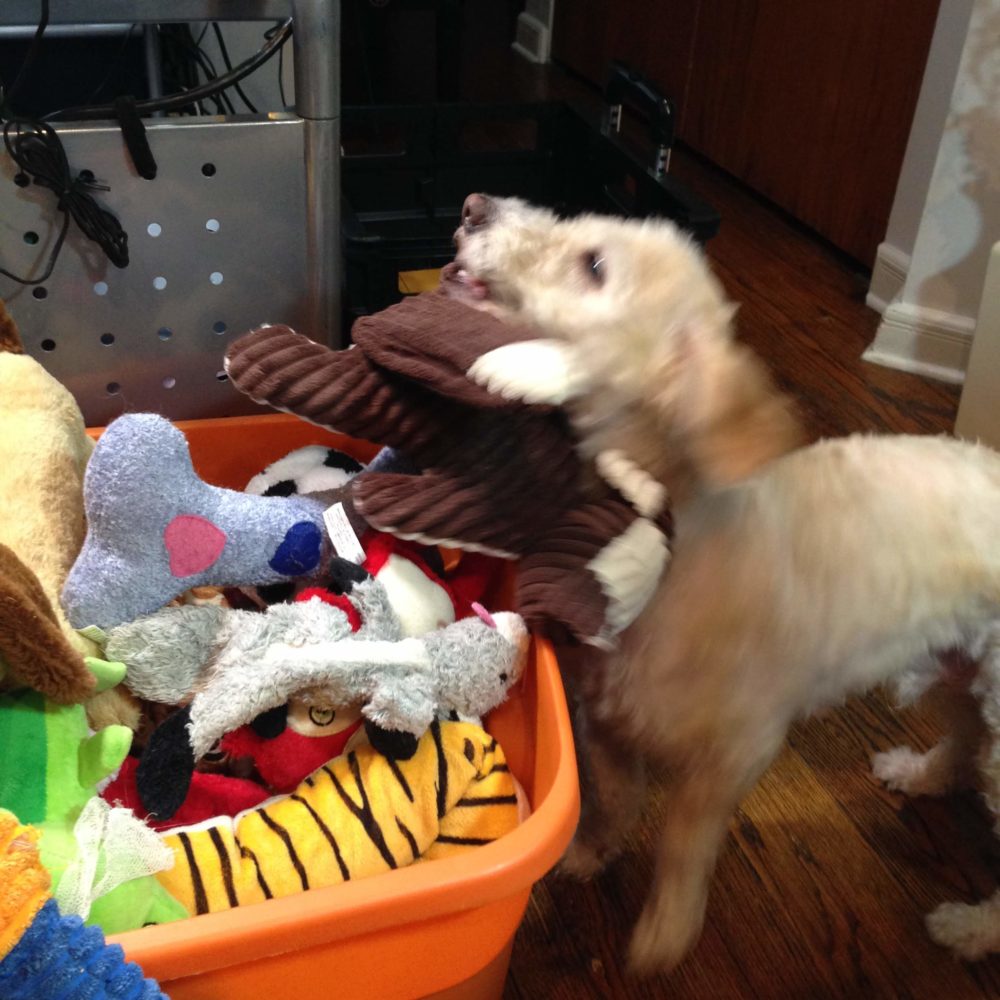Meet Lennie Dawg
www.LennieDawg.net is a website devoted to supporting the idea of Service Dogs for people with disabilities, trained by the person who has the disability, or a family member or other person. |
| Lennie was adopted on October 12, 2012 when he was 3.5 months old. He was not adopted to be a service dog, but later became one when his handler, Dr. Marcie, needed help. He learned slowly at first, but now learns new things very quickly, often ‘on the fly.’ He also invents new ways to help by building on what he knows. He definitely sees himself as a “helper-dog.” |
 |
Nearly any dog can be trained to be a service dog. |
| Service dogs can be an important part of every disabled person’s life. The training is not nearly as rigorous as seeing-eye dogs for the blind, which means training a Service Dog can be done by most people, given that the person knows what to do, and what not to do. What types of dogs can be service dogs? While nearly any dog can become a service dog, I recommend a dog that is over 25 pounds and fairly young. Terriers make good service dogs due to their tenacity and persistence, and high intelligence; Lennie is a Jack-a-Poo (half Jack Russell terrier, half poodle). |
| However, retrievers and other dogs do equally well. There are so many breeds of dogs, as well as mixed breeds, that it is impossible to say what the best choice is. |
 |
Lennie retrieving my billfold and phone. |
| He finds my billfold (above) and my phone (below) using his incredible doggie sense of smell, along with the knowledge of where it usually is. Training Lennie to retrieve my billfold, phone and other things is a compilation of four separate small training modules. While it is easy for him now, he began his training like any other dog–come here, heel, sit, shake and lie down. |
 |
Lennie holding my cell phone. He had just retrieved it for me and he is waiting for further instructions.
 |
Service dogs can learn to pick up their toys because they view it as part of their duties. |
 |
Lennie gets my insulin from the refrigerator when asked to do so. |
| After a dog is trained to bring things to his or her handler upon request, the dog is easily trained to get anything that the dog can carry. Larger dogs can carry larger and more heavy things, so very small dogs, though quite motivated, can only carry very light things. Lennie holds the object he is carrying until he is told what to do with it. He has my insulin here, after obtaining it from the refrigerator. He is holding it until he receives further instructions. |
